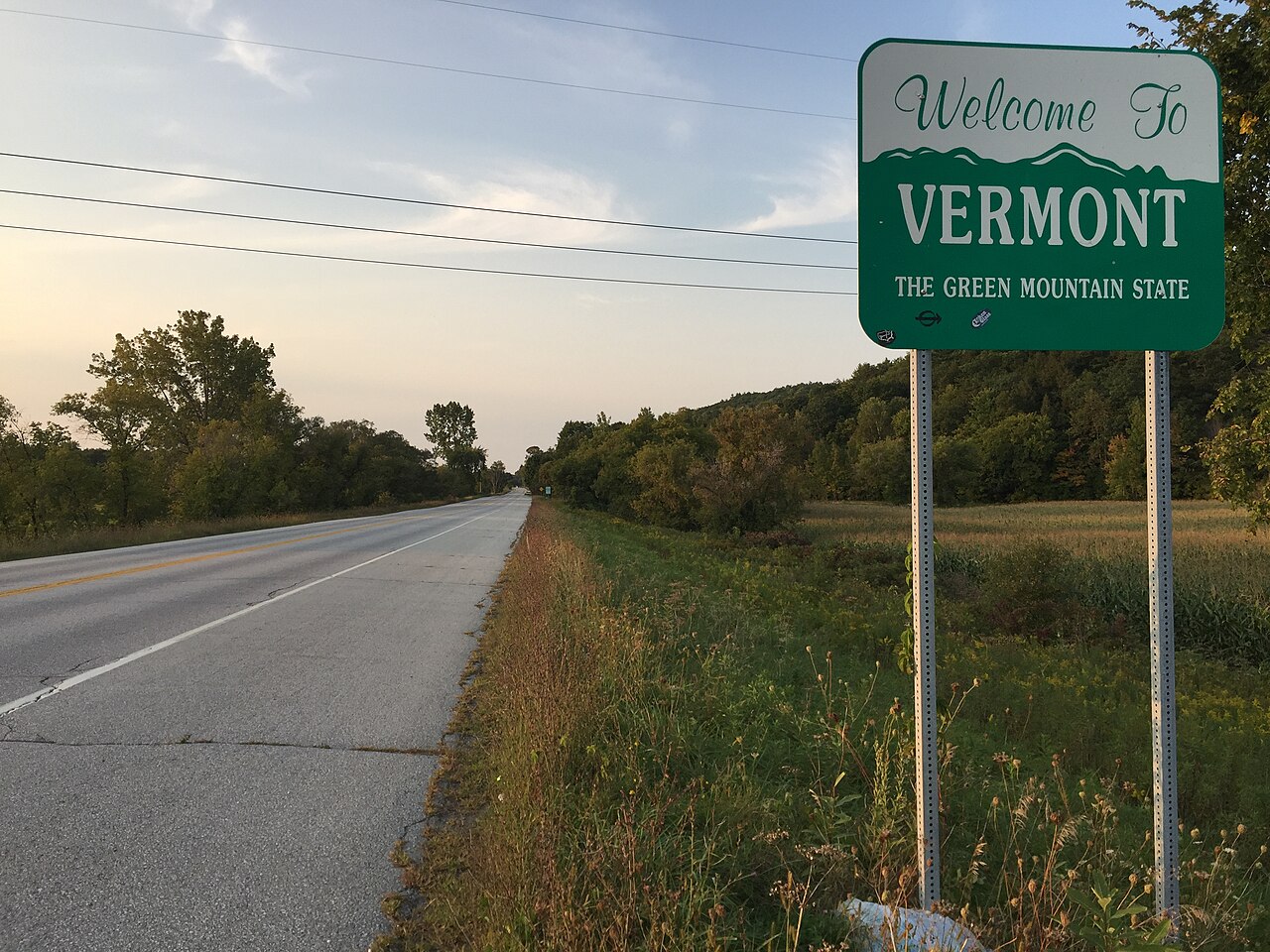Even the best state departments of Transportation are still scoring a C- minus on sustainability and equity, a new report finds — an especially poor report card given how the Trump administration is pulling support for almost everything besides highways.
Vermont toppled California to claim the top spot on this year's edition of the National Resources Defense Council's Transportation Scorecard, which ranks states and the District of Columbia on "their efforts to advance climate and equity-centric transportation policies."

Even the Green Mountain State, though, scored only 70.5 points out of a possible 100 — barely out of D range — in large part because the NRDC says Vermont isn't doing enough to expand access to green modes of transportation besides electric cars and trucks, a category for which they earned 96 percent of available points. By contrast, Vermont earned just 86 percent of available points on planning and equity, and just 42 percent of possible points in the multimodal category.
Disturbingly, though, not many states had done much better. The community that scored the highest on non-automotive measures was Washington, D.C., though the nation's capital still only notched 62 percent of all available points there.
"Of all of the categories, expanding transportation choices is the one where we have the most progress to make," said Samantha Henningson, NRDC's senior transportation advocate. "Yes, there are states that are 'leading' in all categories — but we are grading on a curve."

Henningson said the good news is that states do have the power to raise their scores, particularly when it comes to better supportive non-automotive modes — and during the Trump era, especially, they may well be the only ones who can do it.
"The first edition of the scorecard was framed around investments made under the Bipartisan Infrastructure Law; obviously, things are a lot different now," she laughed. "With the [Trump] administration stepping back from investments for a clean and affordable transportation system, we're hoping that the scorecard can set a path for states to make these investments and policy priorities themselves, [and deliver] a transportation system that's really going to work for their residents."
To help states more easily follow that roadmap — even if they aren't the target of powerful national advocacy campaigns — NRDC's scorecard encourages DOTs to focus on the transportation outcomes over which they exert the most control. Those include things like increasing the amount of their budgets they spend on transit capital and operations every year, upping the per-capita share of federal funds they spend on bicycle and pedestrian projects, and offering e-bike purchase incentives, as well as low income housing tax credits near transit lines.
They can also earn big points by achieving the goals that often follow when DOTs sustain those commitments over time, like reducing vehicle miles traveled and the deaths of people outside cars.
Because states exert broad control over the nearly 70 percent of funding in the Bipartisan Infrastructure Law that was dedicated to formula funds, the Council argues those kind of ambitious objectives are firmly within their grasp — even if Washington doesn't share them.
"That's the strength of the scorecard; the majority of the [items on it] are within state control," Henningson said. "Even acknowledging that this is a moment of turbulence, states are still in the position to lead."
Even as the Trump administration gears up to pass a bill to succeed the Bipartisan Infrastructure Law in 2026, NRDC says states can still move the needle on sustainability and equity — especially if they're willing to emphasize the other benefits of multimodal policies, many of which Republicans ostensibly share.
"Climate and equity outcomes are also the outcomes of health and economic prosperity," added Henningson. "Residents and communities across the country [should be able to] choose the transportation mode that works the best for their household budget and for their situation, versus only having one choice — and having state budgets heavily support just that one choice."






